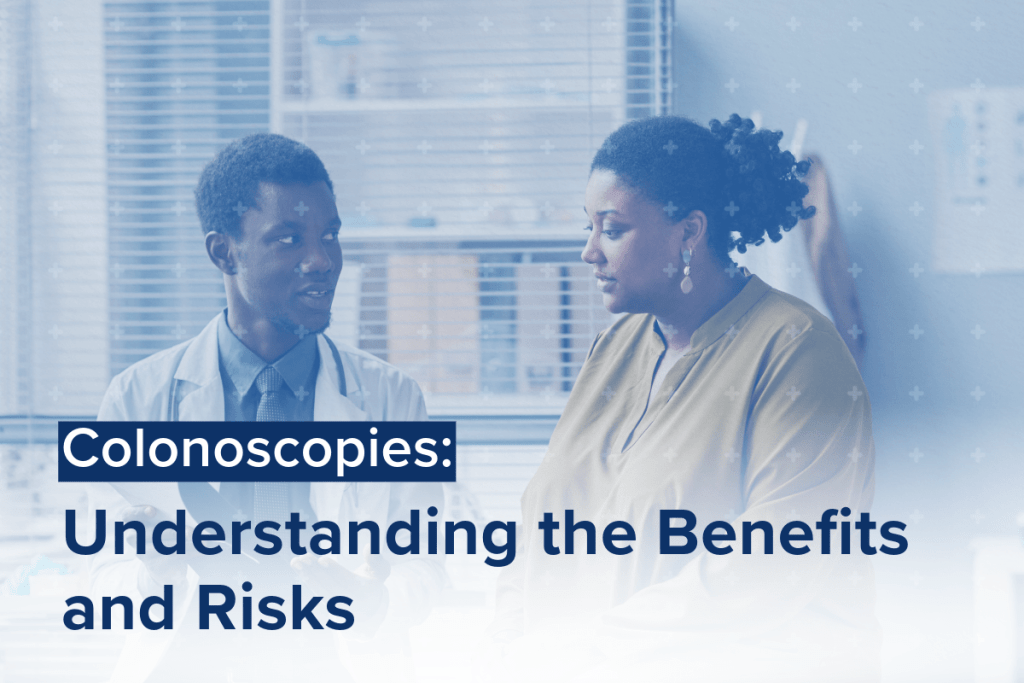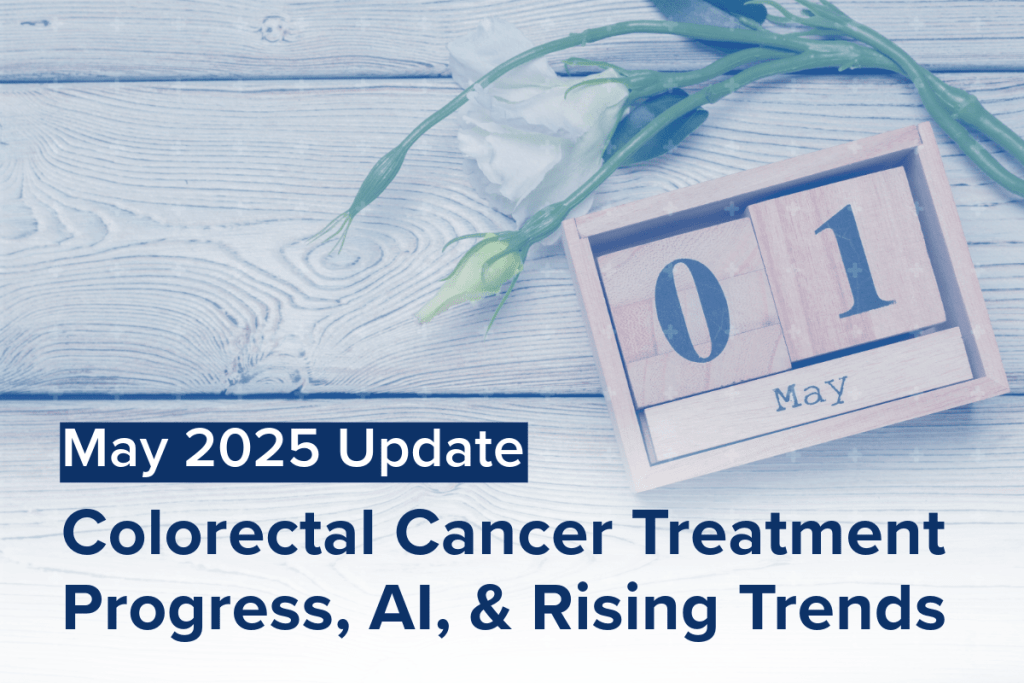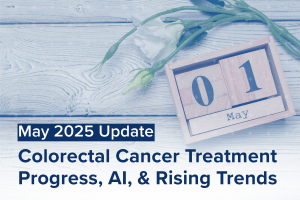Table of Contents
ToggleSchedule Your Procedure Today
- All-Inclusive Service
- Board-Certified Physicians
- Transparent Pricing
Let’s be honest, no one wants to get a colonoscopy. But if you’re serious about preventing colon cancer, there’s no better screening tool.
While cancer is only found in about 40 out of every 10,000 screenings, that still adds up to over 60,000 diagnoses each year, many in people who had no symptoms at all.
That’s why regular screening isn’t just a recommendation, it’s a lifesaver. But I get it, concerns about the procedure itself, the prep, and potential risks make some people hesitate.
So, let’s break it all down: what a colonoscopy actually involves, the risks, and why the benefits far outweigh the fears.
How does a Colonoscopy Work Exactly?
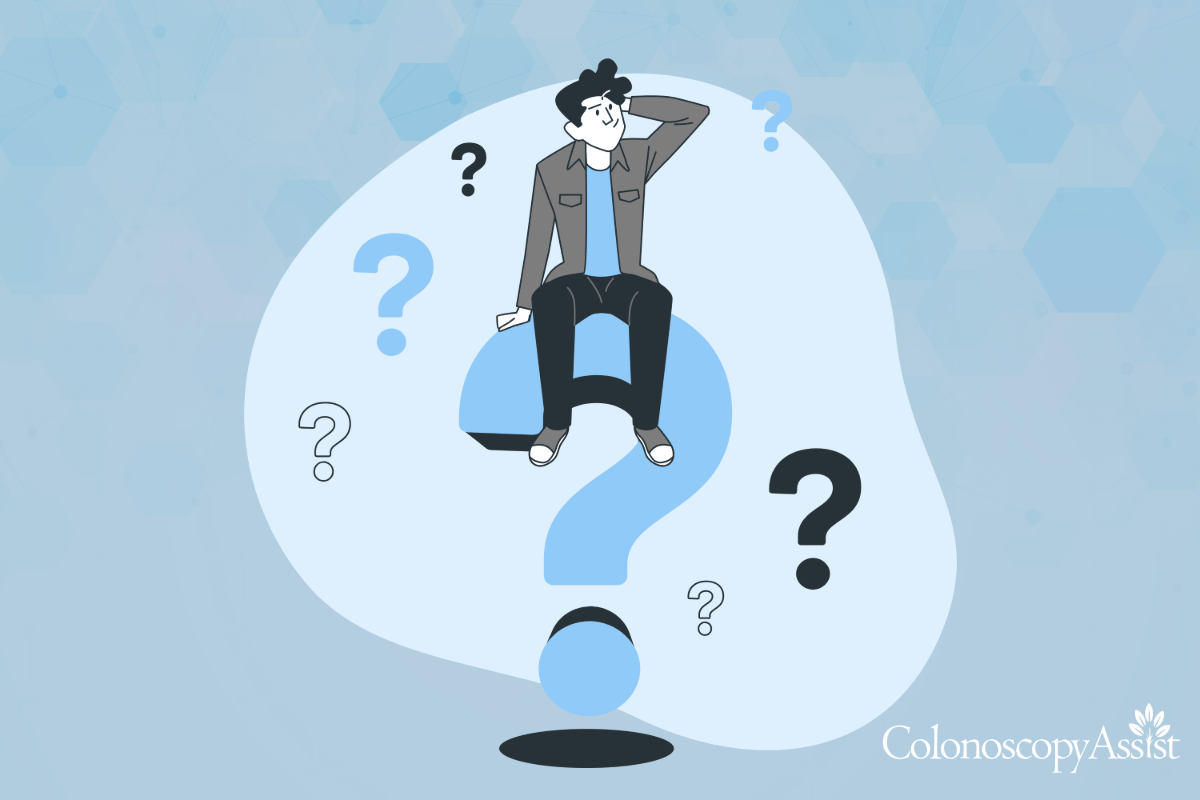
A colonoscopy is a procedure where a doctor examines the inside of your colon using a thin, flexible tube with a camera and light, called a colonoscope, while you’re comfortably sedated. The goal? To detect and remove anything abnormal before it has the chance to turn into cancer.
During the procedure, the doctor looks for colon polyps—small, fleshy growths that can develop into tumors. If any are found, they’re removed on the spot using a wire loop called a snare, then sent to a lab for further analysis.
Since polyps can develop without any symptoms, this proactive approach is the best way to catch potential cancer before it becomes life-threatening.
In fact, 30–50% of all colonoscopies are expected to result in polyp removal, meaning a colonoscopy isn’t just a screening; it’s also a form of prevention.
What About the Prep?
Yes, preparing for a colonoscopy isn’t fun, but it’s necessary. The bowel must be completely clear for the doctor to get an unobstructed view. That means following specific dietary restrictions and drinking a cleansing solution the day before. It’s inconvenient—but a few hours of discomfort is a small price to pay for peace of mind and prevention.
The Benefits of a Colonoscopy
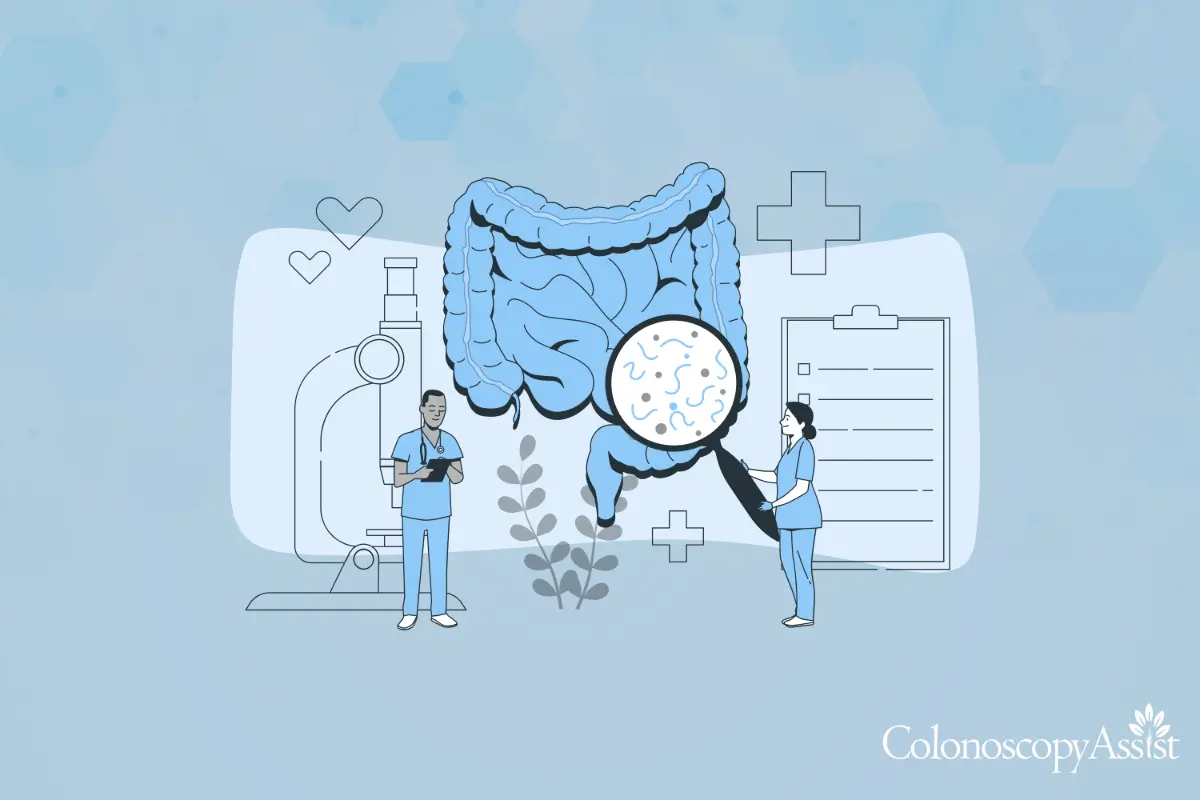
When it comes to detecting colorectal cancer, nothing is more effective than a colonoscopy. Here’s why:
Full, Unmatched View of the Colon
Unlike stool-based tests or blood screenings, a colonoscopy allows doctors to examine the entire colon and rectum in real time. This means they can catch:
- Small, hard-to-detect polyps before they grow
- Inflammation and early signs of disease
- Other conditions like diverticulosis or Crohn’s disease
Polyps Can Be Removed on the Spot
With other tests, if something abnormal is detected, you’d need to schedule a follow-up procedure. With a colonoscopy, the doctor removes polyps immediately, reducing your risk in real-time instead of waiting for another appointment.
Diagnosis Beyond Cancer
Colonoscopy isn’t just about cancer detection. It’s also used to diagnose other gastrointestinal issues, including:
- Inflammatory bowel diseases (Crohn’s disease, ulcerative colitis)
- Chronic diarrhea or constipation
- Unexplained rectal bleeding or abdominal pain
Simply put, if something’s wrong in your digestive system, a colonoscopy is the most thorough way to find out what’s going on.
Are There Risks? Yes, But They’re Minimal
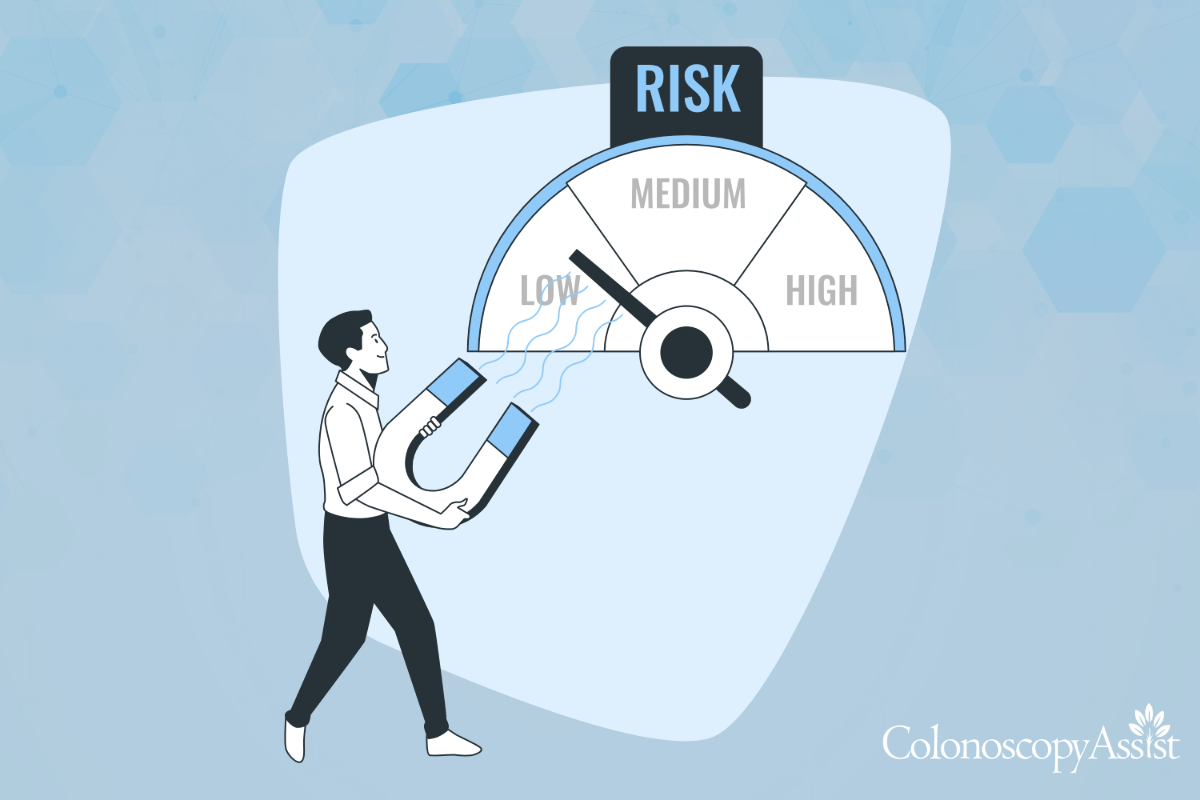
Like any medical procedure, colonoscopies come with some risks. However, serious complications are rare, occurring in just a very small percent of procedures.
| Risk | Description |
|---|---|
| Bleeding | If a polyp is removed or a biopsy is taken, minor bleeding may occur. It usually heals on its own, similar to a small scratch on the skin. |
| Perforation/Tear | A rare complication where a tear or hole forms in the colon due to the colonoscope pressing against the colon wall. Severe cases may require surgical repair. |
| Infection | An infection can develop at the polyp removal or biopsy site, usually treatable with antibiotics. |
| Sedation Reaction | Some patients may experience mild to severe negative reactions to sedatives or anesthesia. |
Studies show that the risk of a serious complication during a colonoscopy is incredibly low, just 0.1% to 0.2%.
With 15 million colonoscopies performed each year, that means around 15,000 to 30,000 people may experience a complication, but let’s put that into perspective.
That also means 14.9 million people go through the procedure with zero issues. If you’re worried about the risks, remember this: the overwhelming majority of patients have a smooth, complication-free experience, and the benefits of early cancer detection far outweigh the small chance of a problem.
Quality Care, Lower Costs: Colonoscopies Made Affordable for You
I understand that cost is a major concern, especially for those without insurance. But price should never be a barrier to life-saving care. That’s why ColonoscopyAssist provides affordable, transparent pricing for self-pay patients and the uninsured.
With access to over 1,000 gastroenterologists nationwide, we make it easy to schedule a colonoscopy at a fair, upfront cost, without hidden fees.
If you’ve been putting off screening because of cost, there’s an affordable option available.
Final Thoughts: Why You Shouldn’t Wait
Colonoscopies aren’t just about finding cancer, they’re about preventing it. They allow doctors to detect and remove dangerous polyps before they ever become a problem, something no other screening method can do as effectively.
Yes, the prep can be annoying. And sure, there’s always a small risk with any procedure. But when you look at the numbers, the truth is clear: the benefits of a colonoscopy far outweigh the temporary discomfort.
If you’re 45 or older, or have a family history of colon cancer, it’s time to schedule your screening. Don’t wait until symptoms appear, because by then, it may be too late.
EXCELLENT rating
Based on 2125 reviewsTrustindex verifies that the original source of the review is Google. I was referred to ColonoscopyAssist through my healthcare sharing ministry. They communicated with me every step of the way and were a lower-cost solution to getting a colonoscopy since my preventative screenings aren't covered. I got mine done through a very reputable endoscopy group and they were wonderful.Trustindex verifies that the original source of the review is Google. The entire process was seamless and the staff was friendly and professional. Overall. I had a wonderful experience at your facility.Trustindex verifies that the original source of the review is Google. After the initial, sign up with ColonscopyAssist, it took about 2-3 weeks to get a call from doctors office and appt was 2 weeks later. Everything went smoothly, the doctor was not personable but was professional. Glad it is done. Now my husband has peace of mind.Trustindex verifies that the original source of the review is Google. Simple and easy with great savings.Trustindex verifies that the original source of the review is Google. ColonoscopyAssist was very helpful, responsive, and made the process happen smoothly, not to mention made the procedure much more affordable.Trustindex verifies that the original source of the review is Google. This was as easy as it could have been! Competent and Professional are words that come to mind. This is a great program. From beginning to end it proceeded without a glitch!Trustindex verifies that the original source of the review is Google. Everything worked well before, during and after procedure. Got lots of information. Only ask to upgrade the guide when people are taking tables and not a liquid prep.Trustindex verifies that the original source of the review is Google. very professional and friendly service, everything was organized and I was advised on all the steps. they made this process simple.



